"Golden grain" into the most demanding market
June 5, 2025 is a historic milestone for the Vietnamese and world rice industry when for the first time the global market saw the appearance of " low-emission rice " products. This product bears the brand name "Green Vietnamese Low-emission Rice" from the Project on sustainable development of 1 million hectares of high-quality and low-emission rice cultivation associated with green growth in the Mekong Delta region by 2030 (referred to as the 1 million hectare Project) approved by the Prime Minister . This product, with a quantity of 500 tons, Japonica rice variety, has an ex-warehouse price of up to 820 USD/ton, much higher than the general level, and is even more special when this unique product is exported directly to the world's most demanding market, Japan.
Low-emission rice production projects have proven effective in many ways.
PHOTO: CONG HAN
Following the success of the first shipment, Mr. Pham Thai Binh , Chairman of the Board of Directors of Trung An High-Tech Agriculture Joint Stock Company (Can Tho), said that the company plans to export the second shipment to the Japanese market with a quantity of about 3,000 tons. In addition, Trung An is preparing "low-emission green Vietnamese rice" to export to the Australian market.
Mr. Binh also said that the 1 million hectare project is still in the pilot phase, so the output is still limited, while the market demand is very large. His company has also submitted two low-emission rice production projects, including a 50,000-hectare project in the Long Xuyen Quadrangle in An Giang province and another 15,000-hectare project in Can Tho city. The company's goal is to reach a scale of 100,000 hectares of low-emission rice production by 2030 .
"I hope the project will soon be approved by the provinces and cities when the two-level government is operating stably. Currently, as far as I know, the Bank for Agriculture and Rural Development has also prepared money to provide financial support for businesses participating in the Project. The pilot has also proven to be effective, the market opportunities are also huge, especially high-end markets such as Japan, EU, US, Australia... The opportunity is ripe, there is no need to pilot any more but must immediately start implementing it", Mr. Binh said excitedly.
Tan Long's A An rice at the retail industry exhibition in Japan
PHOTO: DNCC
As one of the enterprises participating in the pilot project of 1 million hectares, Mr. Tran Truong Tan Tai, General Director of Vietnam Rice Company Limited (Vinarice), expressed many expectations because low-emission rice is a new consumption trend and the market is expanding, especially in high-end markets. This product is currently only available in Vietnam, which is a big difference to create a brand for Vietnamese rice. "We are negotiating with European customers, in addition to providing products to consumers in the domestic market," said Mr. Tai.
According to Deputy Minister of Agriculture and Environment Tran Thanh Nam, in the summer-autumn crop of 2025, the Ministry will continue to deploy 11 more models in different ecological regions to carefully evaluate sustainable farming processes and measure emission reductions. In total, the Mekong Delta region has proactively deployed 101 pilot models, with a total area of over 4,518 hectares. As a result, the models all have increased productivity by 5-10%, and economic efficiency increased by 3-5 million VND/ha. In the pilot model in Dong Thap, the productivity reached 7.1 tons/ha, an increase of 4% compared to outside the model. Farmers' profits were nearly 28 million VND/ha, an increase of 4.6-4.8 million VND/ha. Thanks to that, the cost per kilogram of rice in the model decreased by about 500 VND. The additional income from selling straw was 400,000 VND/ha. In particular, the emission reduction in the model reached about 3.13 tons CO₂/ha/crop.
Vietnam's first low-emission green rice launched in the world market
PHOTO: CONG HAN
Increase differentiation, build brand
With low-emission rice, Vietnam is expected to change the global rice market landscape. A few years ago, India - the world's largest rice exporter - stopped exporting, causing a global shortage. Thailand and Vietnam took advantage of the opportunity by increasing production to a record high. However, since the end of 2024, India has opened its warehouses and continuously sold off goods, increasing pressure on other supply sources. In addition, some major importing countries have also reduced their volume as domestic production recovers. These two factors have caused global rice prices to plummet. As of mid-2025, the market is still in a state of oversupply. In that context, Thailand, the second largest rice exporter, has been severely affected. The country's rice export output has decreased by 30%, and the prices of some key products have plummeted to the lowest level in the past 2-3 years.
Fortunately, Vietnam still maintains its form. In the first half of 2025, Vietnam's rice export output increased to a record 4.9 million tons, exceeding 200,000 tons compared to the same period last year. Vietnamese rice is still "firmly established" in traditional markets such as the Philippines, African countries, and China. This is truly a miracle in the challenging context of the global market.
Mr. Do Ha Nam, Chairman of the Vietnam Food Association (VFA), commented that this miracle was achieved because Vietnamese rice has made a difference over the years compared to the rest of the world. Specifically, Vietnam's OM and DT varieties produce large yields and good quality compared to world rice. Therefore, Vietnam's export plan for the whole year of 2025 of 7.5 - 7.9 million tons can be confidently completed at this point.
Green, low-emission Vietnamese rice goes straight to Japan, the world's most demanding market
PHOTO: CONG HAN
However, according to Mr. Nam, Vietnamese rice products have not yet penetrated deeply into high-end markets. Even in the most important market, the Philippines, Vietnamese rice has not yet clearly positioned its brand in the hearts of consumers. Therefore, the 1 million hectare project is a very good policy to upgrade the difference of Vietnamese rice grains.
"No country in the world has an ambitious program or plan like Vietnam. Therefore, they also hope that we will succeed to open a new chapter for this industry. That is also the reason why international organizations such as the World Bank (WB) or the International Rice Research Institute (IRRI) wholeheartedly support us. Currently, Vietnamese rice has been successful in the 550 - 600 USD/ton segment with the OM and DT varieties. But with the 1 million hectare project, to be successful, we must clearly identify the market segments of Japan, EU, US, Korea, Australia, China. These are high-end markets, in these markets we must choose suitable rice varieties such as Japonica and ST25. If we choose common rice varieties, the product, although "green", will not suit the taste of consumers, and on the contrary, the popular market may not be ready. Therefore, choosing which rice variety and where to export is very important and must be carefully calculated," said Mr. Do Ha. Men note.
Taking coffee as an example, Mr. Nam analyzed that for many years, large enterprises have accompanied farmers to build a sustainable coffee community according to 4C standards. Thanks to that, when the market, especially the EU, applied the anti-deforestation regulation (EUDR), Vietnam became the country that responded best. Environmental issues and climate change are things that everyone is currently interested in and wants to work together to solve. Therefore, if we make a product that is both clean and green, it will catch up with market trends.
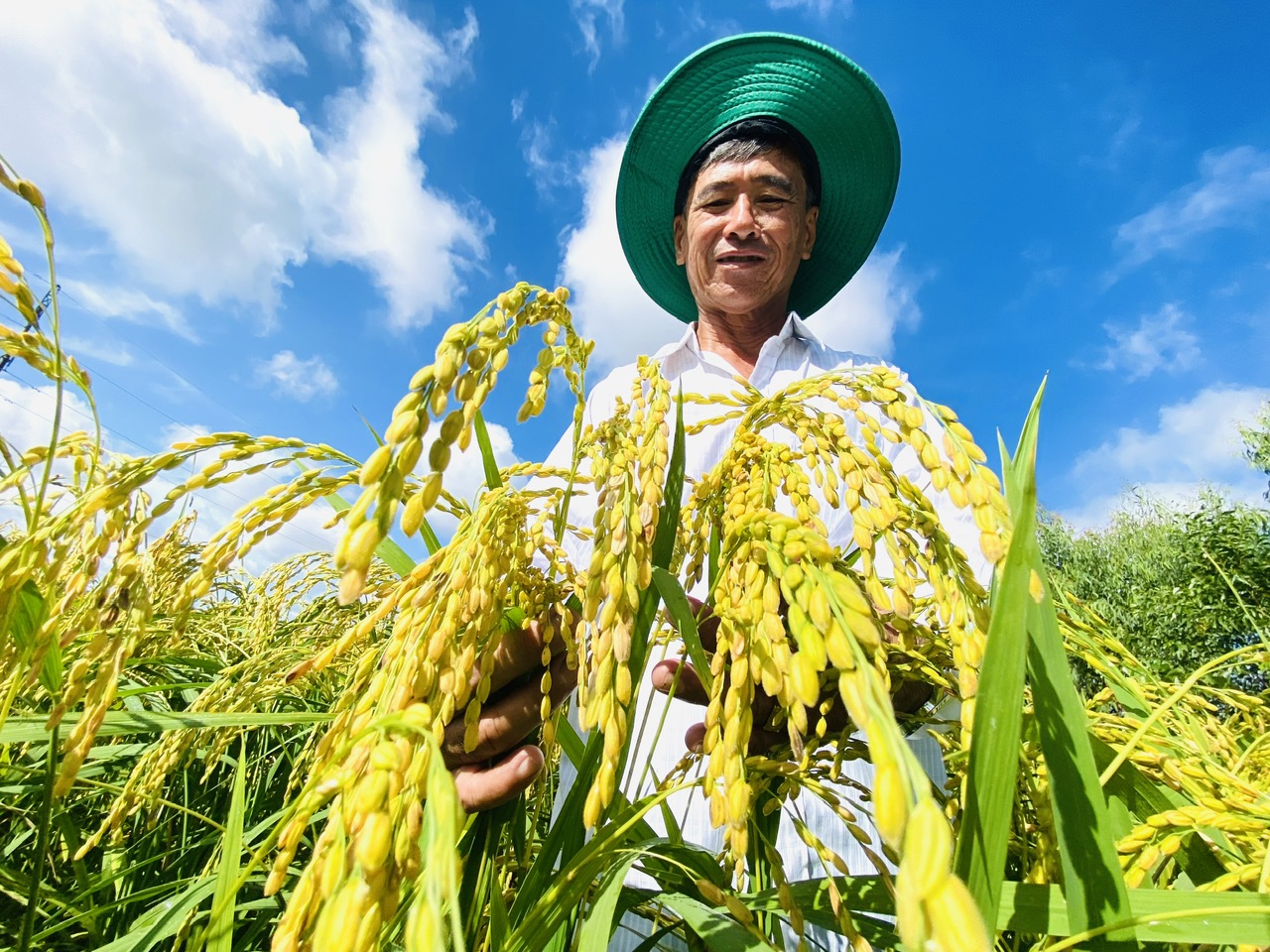
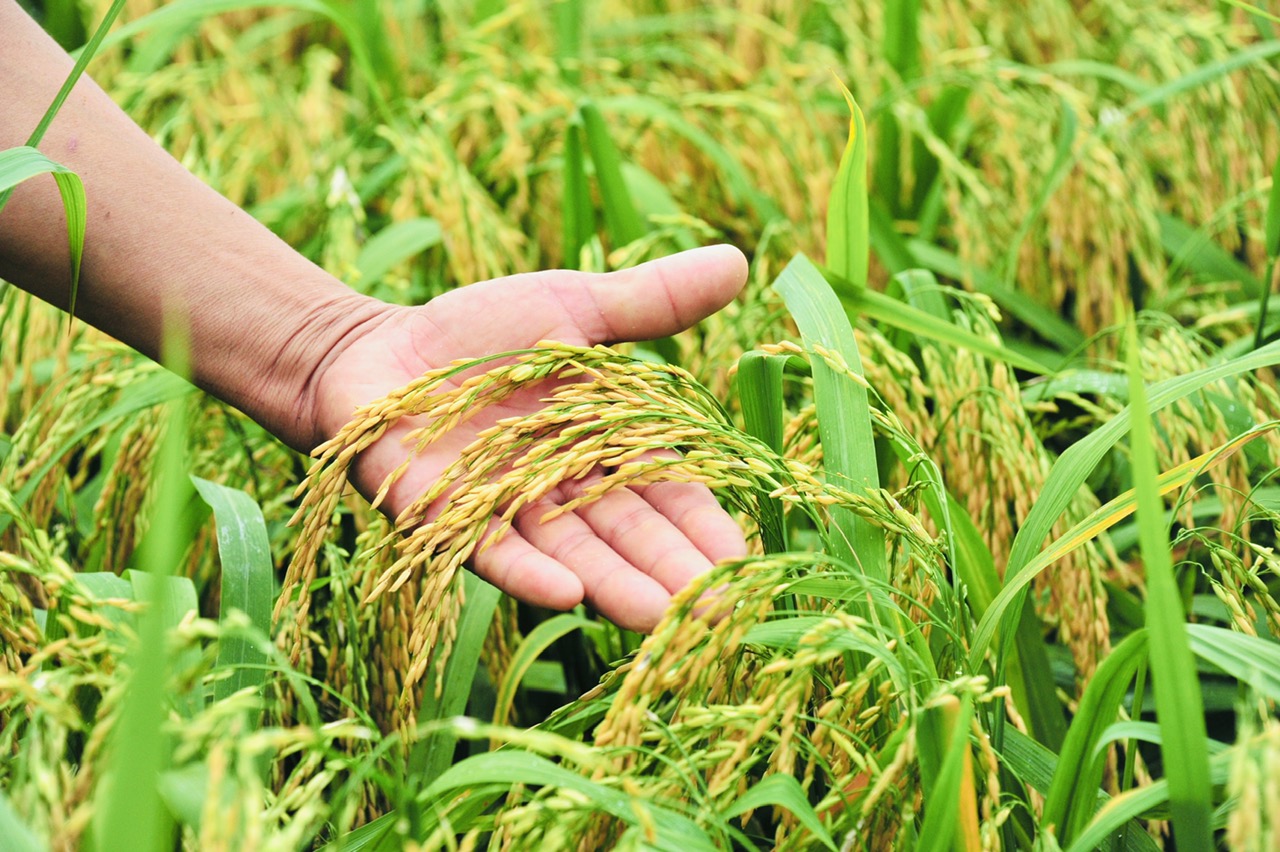
Vietnamese rice is making a difference in the market
PHOTO: CONG HAN
"As a business owner and Chairman of VFA, I would like to call on large enterprises in the industry to join hands in building and developing the 1 million hectare Project. When I said this, I saw the solution, direction and future of the market. If businesses are united, the Project will certainly succeed," the Chairman of VFA confided.
Mr. Nam also assessed that the merger of localities together with the establishment of a two-level government apparatus facilitates regional planning based on potential advantages, rice growing areas, shrimp and fish farming areas, and fruit trees. This is an opportunity for Vietnamese people to think big, do big and create more differences in the market.
I would like to call on large enterprises in the industry to join hands in building and developing the 1 million hectare Project.
When I said this, I saw the solution, the direction and the future of the market. If businesses are united, the Project will certainly succeed.
Mr. Do Ha Nam, Chairman of Vietnam Food Association (VFA)
Need to complete 1 million hectare planning soon
According to Mr. Pham Thai Binh, the world's rice output is increasing, causing prices to fall, but that is low-quality rice. On the contrary, high-quality rice is still in short supply, especially low-emission rice from the 1 million hectare project. Therefore, upgrading the quality of Vietnamese rice from delicious to a higher level of clean and green is a completely correct policy, especially in the current context.
"Now, farmers also see the benefits and effectiveness of the 1 million hectare project, so many cooperatives want to participate and link up to stabilize input and output. But what farmers and businesses need now is a legal basis and production area planning," said Mr. Binh.
Not only businesses but also many experts believe that the 1 million hectare project will open many new doors for Vietnamese rice in important markets.
Dr. Dao Minh So, Head of the Food Crops Department (Southern Institute of Agricultural Science and Technology), affirmed: The implementation of the project has contributed to changing the production mindset and management methods of the locality. People have gradually changed their views and become more aware of converting farming methods from traditional to sustainable, aiming to reduce emissions, increase income and protect the environment. In addition, the sustainable production process has also proven its economic and environmental efficiency. The implementation of the sustainable farming process also helps to clearly demonstrate the effectiveness in reducing greenhouse gas emissions.
Dr. Tran Minh Hai, Vice President of the Vietnam Rice Industry Association (VIETRISA), proposed that it is necessary to improve the capacity of cooperatives to expand the scale of acreage, cultivate the same varieties, and follow the same technical process to create large-scale output. Only then can we attract businesses and help create more sustainable links.
At a recent working session in Can Tho, Prime Minister Pham Minh Chinh emphasized: The 1 million hectare project was first implemented in Vietnam and the world, so it is not without difficulties. However, the implementation of the project has great significance, not only in terms of material but also in terms of political and spiritual values. In order for businesses to feel secure in investing in expanding production, the Prime Minister requested that localities complete the planning of specialized areas of 1 million hectares of high-quality rice in the third quarter of 2025.
In addition, the Prime Minister also assigned relevant ministries and sectors to join hands to effectively implement the 1 million hectare project in many aspects such as planning, capital, and opening the market through long-term agreements on rice. In particular, the Ministry of Agriculture and Environment will review and complete the emission reduction farming process for the project; complete and issue guidelines on measurement, reporting and verification of emissions (MRV) for high-quality rice cultivation; develop and implement a strategy to develop a low-emission Vietnamese rice brand; advise and propose a pilot policy and mechanism for carbon credit payment based on results for high-quality rice specialized areas, policies and pilot mechanisms for carbon credit exchange for the rice industry, etc.
Vietnamese rice is trusted by Japanese people
In the Japanese market, Tan Long Group's A An rice has been present for many years and has been well received by consumers in this country with the feeling that "the quality is the same as domestic rice". At the end of June, a supermarket in Japan sold nearly 8 tons of A An branded rice in just 2 days. In 2024, the company successfully exported 5,000 tons of rice to the Japanese market at a price of 1,000 USD/ton. Due to the skyrocketing demand in Japan in recent times, in just the first 4 months of this year, the company exported 6,000 tons, with the annual target of 30,000 tons. After its success in Japan, last June, the A An rice brand continued to conquer new markets, officially bringing products to Europe such as Germany, France, etc.
Many countries join hands with Vietnam to produce "low emission rice"
In addition to the 1 million hectare project, a number of enterprises in the Mekong Delta are currently participating in the project "Transforming the rice value chain to respond to climate change and sustainable development in the Mekong Delta (TRVC)" implemented by the Netherlands Development Organization (SNV) in coordination with the Ministry of Agriculture and Environment for 5 years (2023 - 2027). The project is funded by the Australian Department of Foreign Affairs and Trade, and is being implemented in the 3 (former) provinces with the largest rice growing areas and rice output in Vietnam: An Giang, Kien Giang and Dong Thap. Some participating enterprises are Tan Long, Trung An, Vinarice, Thai Binh Seed, Vua Gao... The 2024 summer-autumn rice crop is the first crop of the project, audit results show that over 27,000 tons of CO₂ equivalent have been reduced. Currently, these enterprises are implementing the second summer-autumn crop.
Thanhnien.vn
Source: https://thanhnien.vn/nguoi-viet-dang-ve-lai-ban-do-gao-the-gioi-185250719213810949.htm


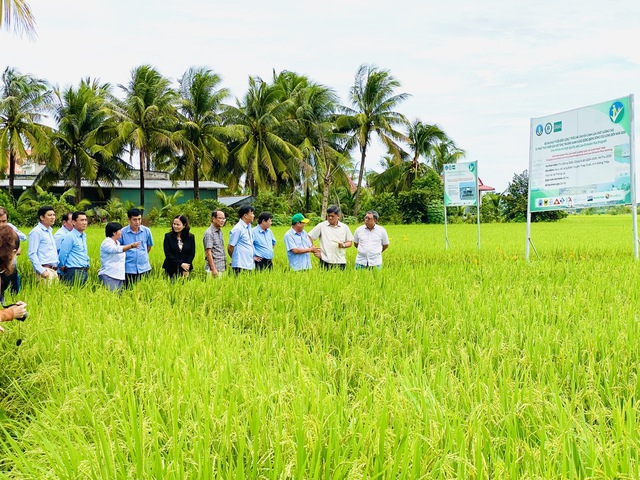
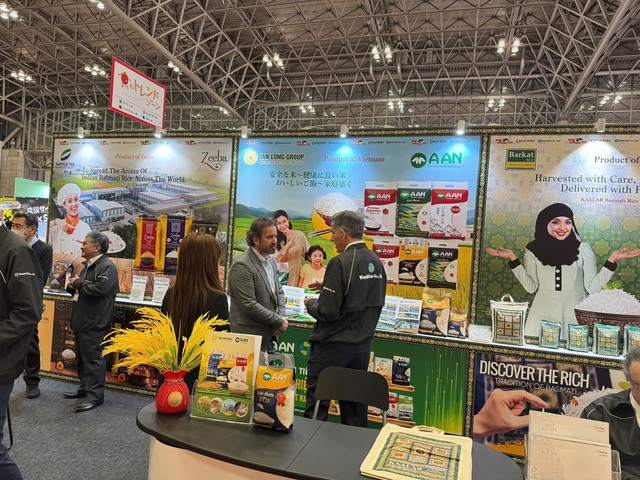
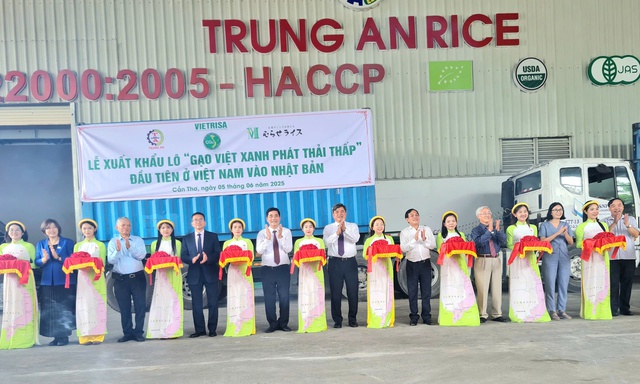

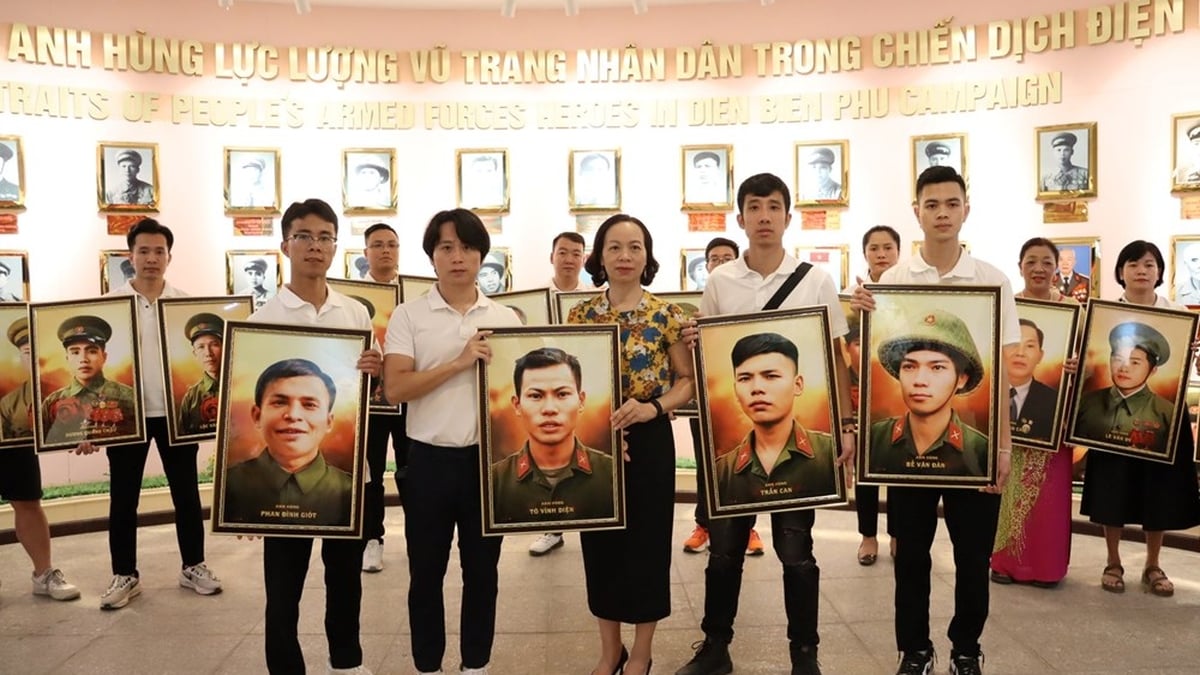


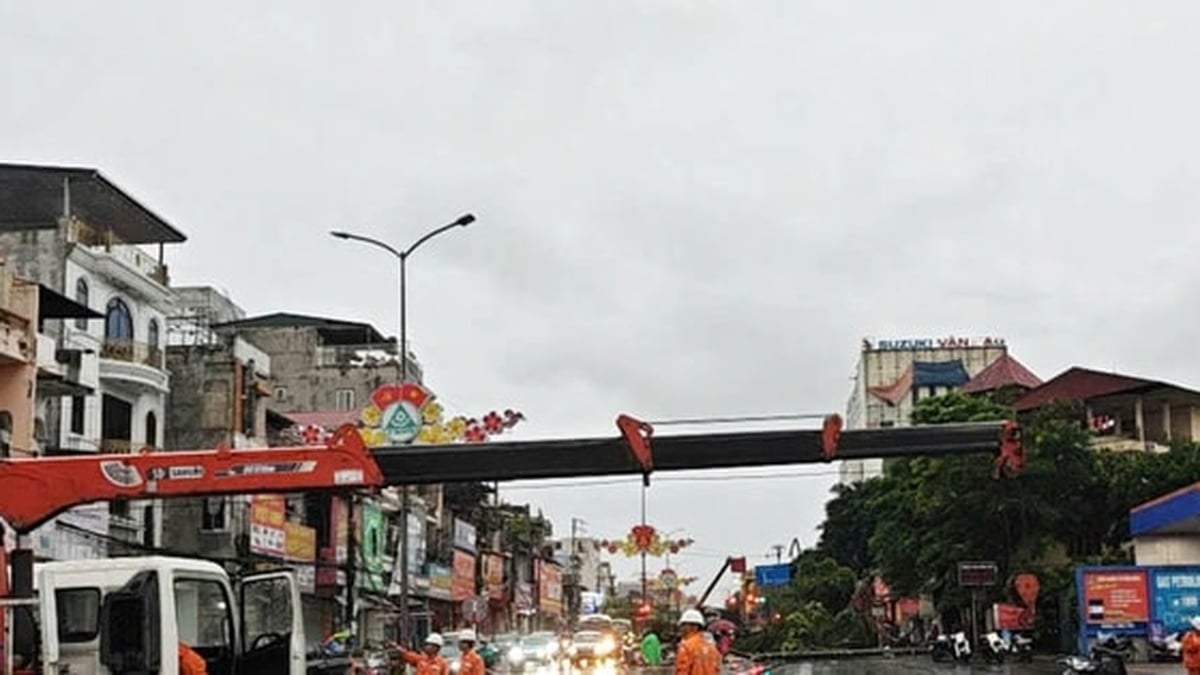
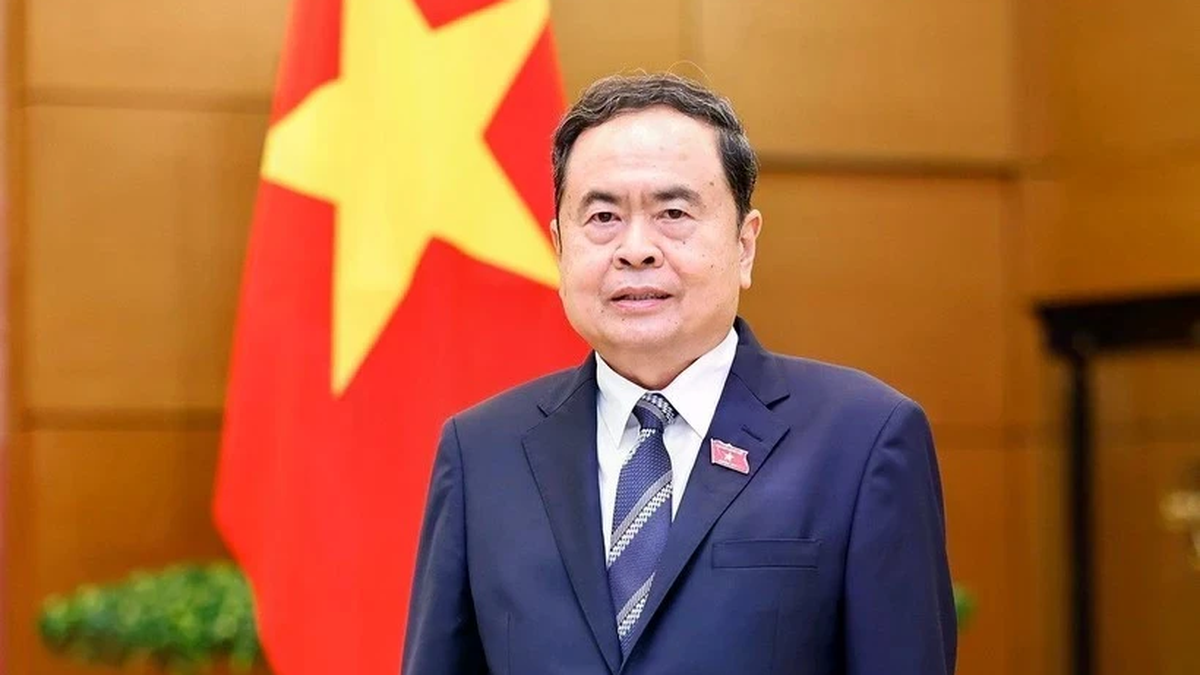
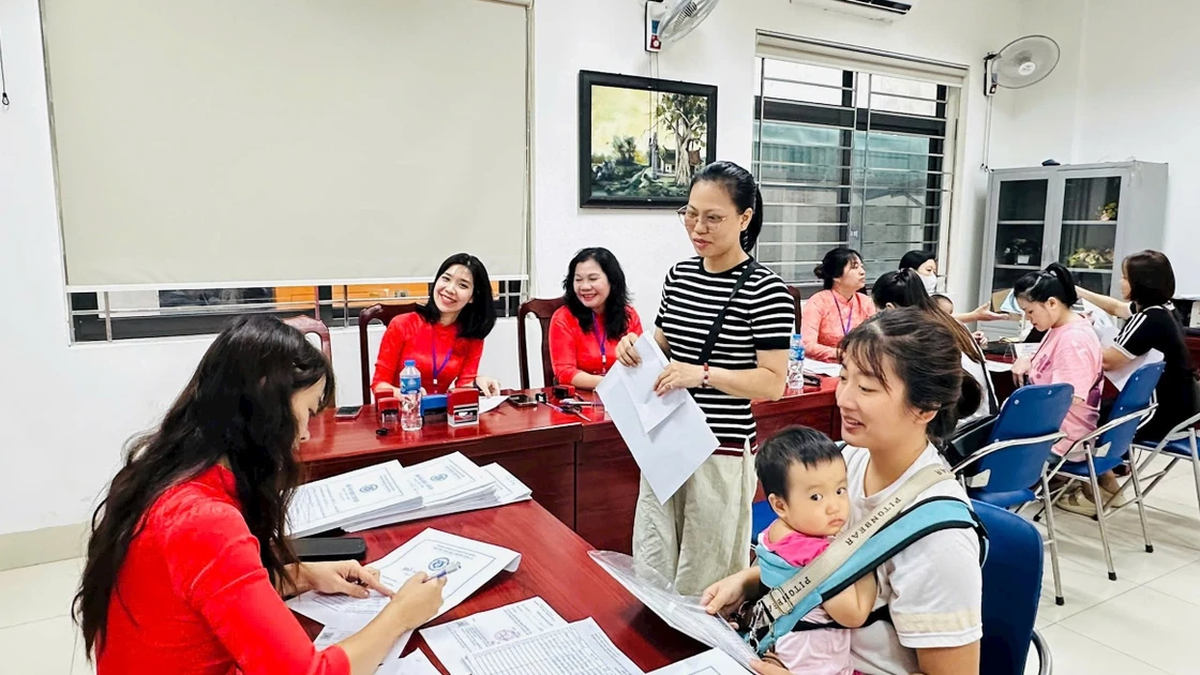
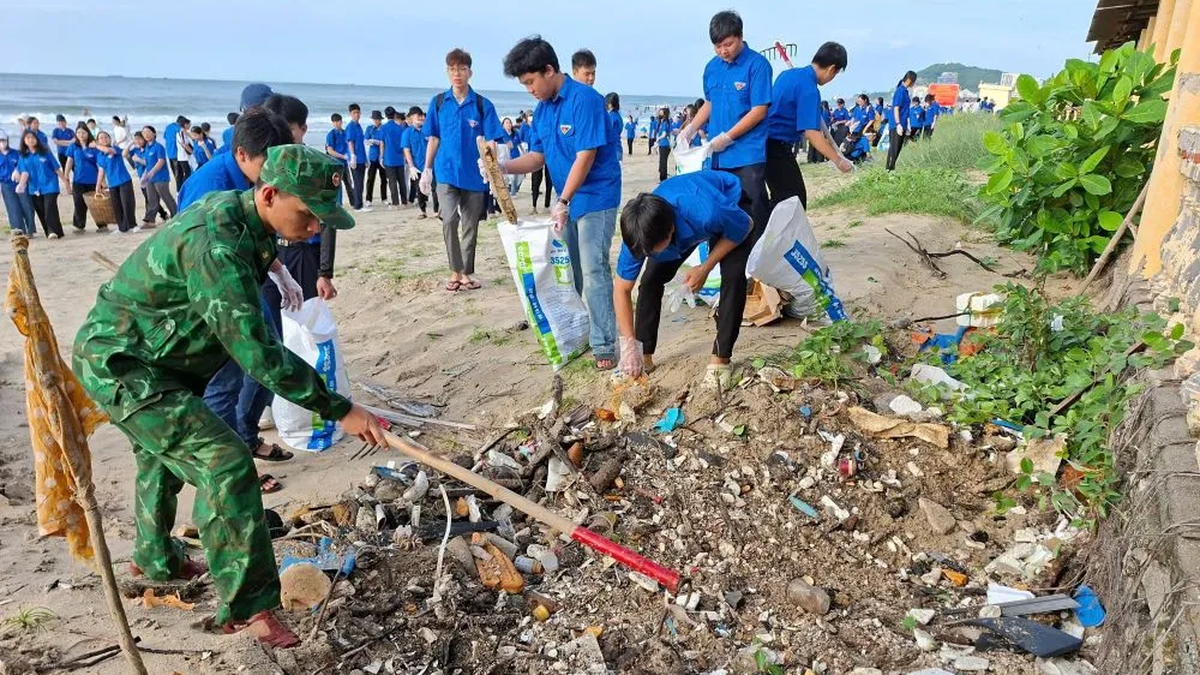

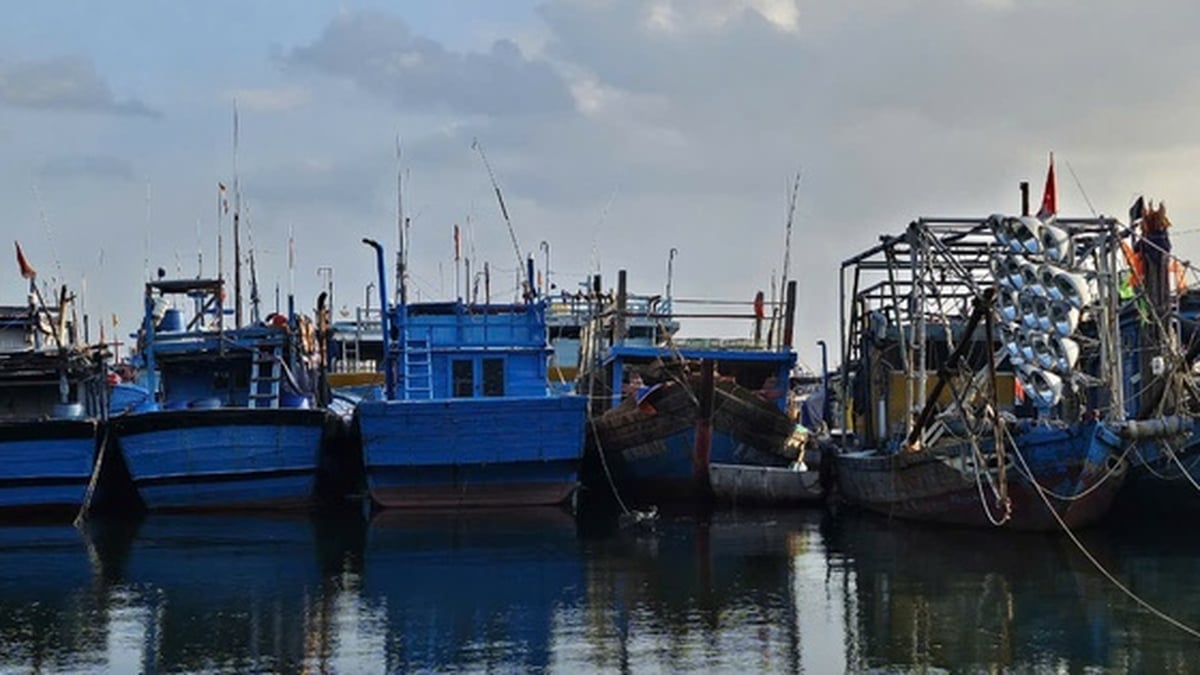















![[Photo] National Assembly Chairman Tran Thanh Man visits Vietnamese Heroic Mother Ta Thi Tran](https://vphoto.vietnam.vn/thumb/1200x675/vietnam/resource/IMAGE/2025/7/20/765c0bd057dd44ad83ab89fe0255b783)

































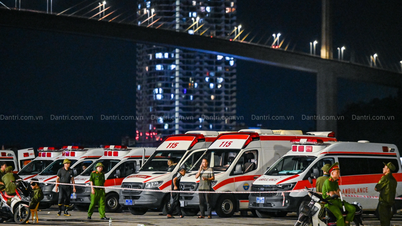
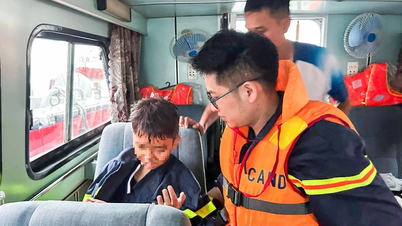

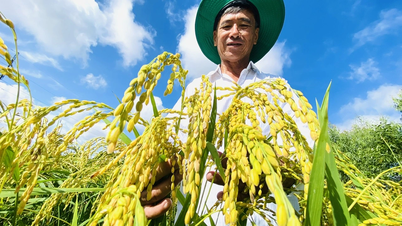
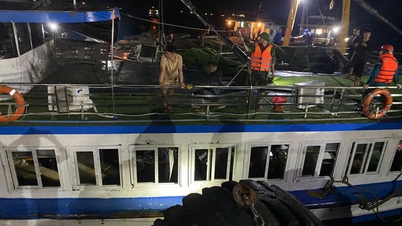
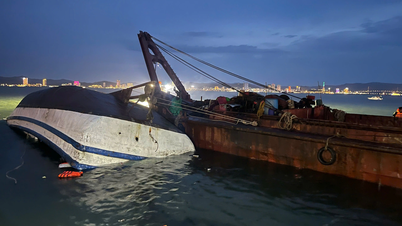

































Comment (0)